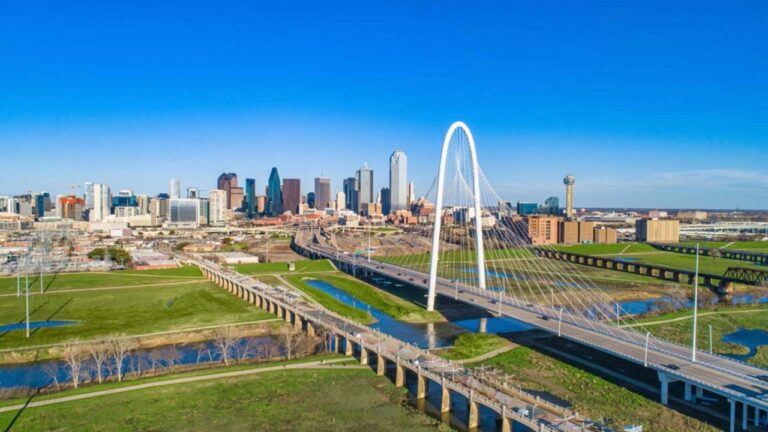13 Telltale Signs of a Horrible Driver
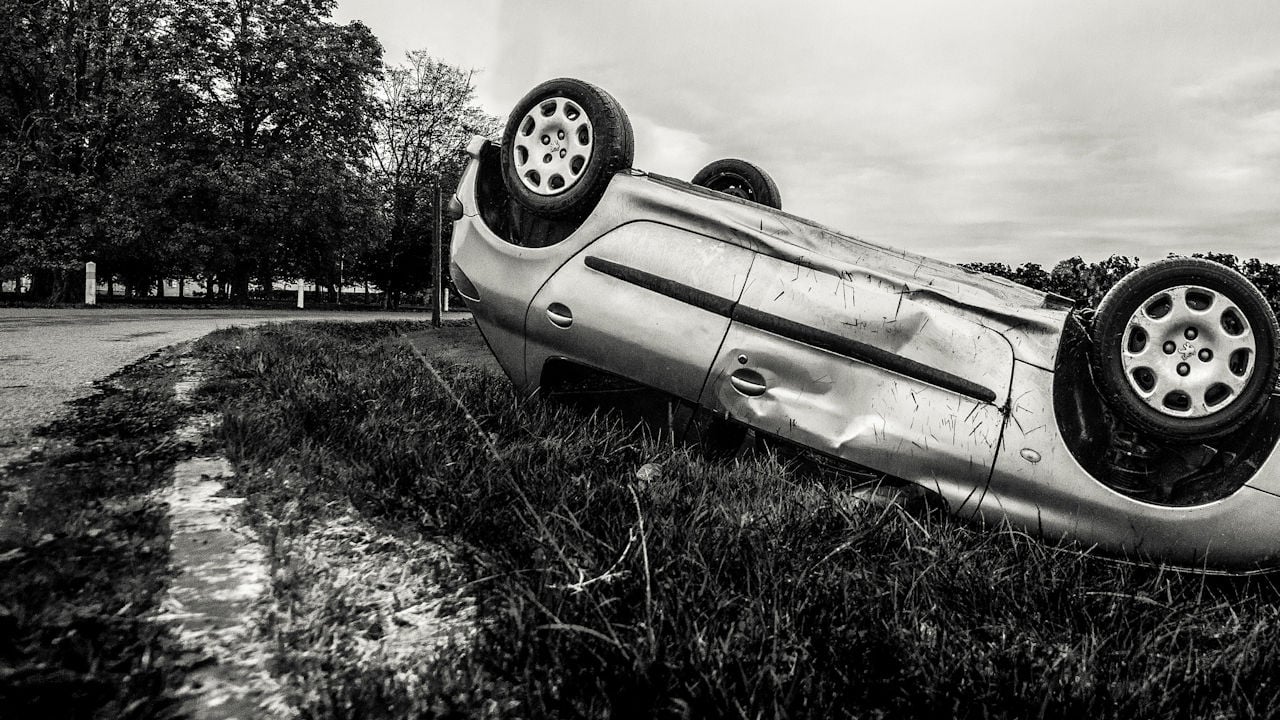
Driving is a skill that requires a lot more virtues than we care to admit. A driver who isn’t considerate of other road users or pay attention to his/her surroundings when driving and won’t respect the written and unwritten rules of the road has some adjustments to make.
We all like to think we’re excellent drivers, but many are guilty of behaviors and practices that make us average or even downright horrible drivers.
As you settle into the driver’s seat and get ready to hit the road, remember that your driving habits can save lives or cause accidents, inspire road rage, or reinforce someone’s faith in humanity. If you’ve ever wondered how good you are at driving and where you might need to improve, the following 13 signs are tell-tales of a horrible driver.
Frequent Near-Misses

We all make mistakes because we’re human. However, if it dawns on you that you’re often narrowly missing accidents, it’s probably about time you reassess your driving skills because frequent near-misses are a glaring sign of an amateur driver. At best, it could mean you make poor judgment calls, such as miscalculating distances, speed, and even the actions of other road users.
At worst, habitual near-misses could signal a deep-seated risk-taking behavior, meaning you feel compared to taking risks while driving. A habit like that significantly increases the risk of accidents, putting yourself and other road users in danger.
Constant Honking
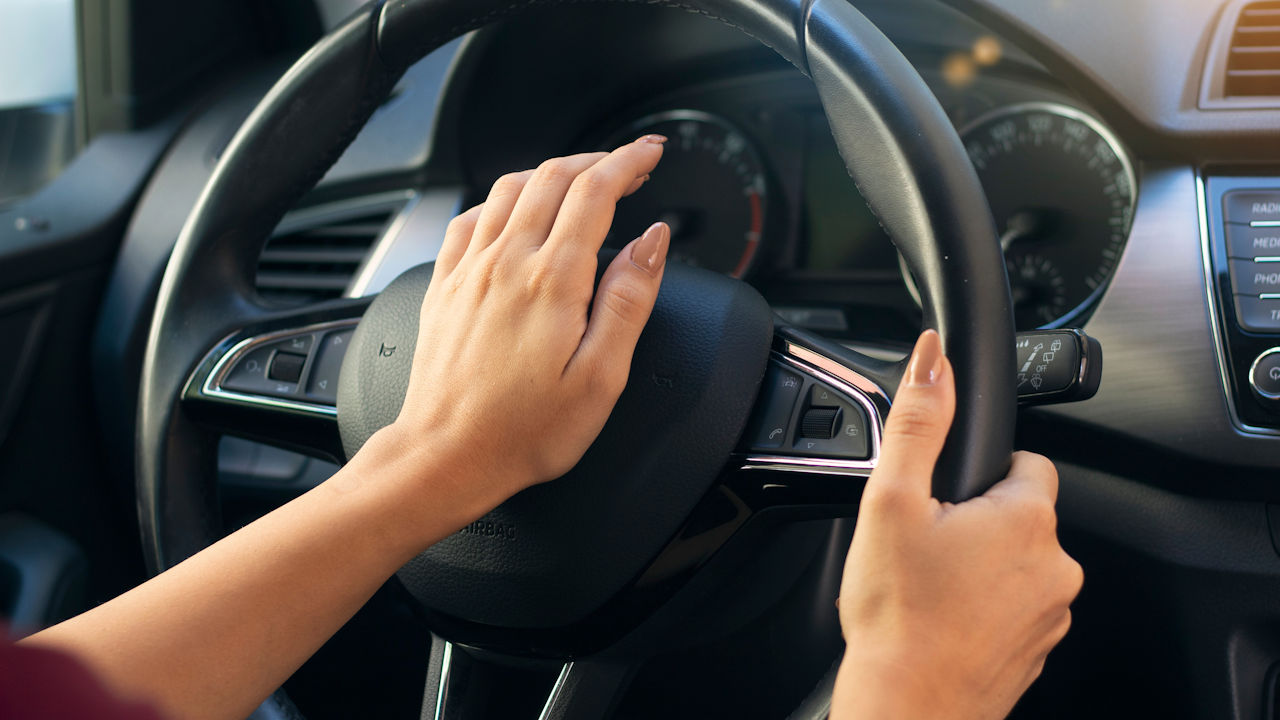
Excellent drivers understand when honking makes a difference and when it’s a little more than a nuisance. For example, loud, constant honking won’t free up the grid in a gridlock or make the line move faster.
The only thing you achieve by unnecessarily honking at your fellow road users is letting them know you’re probably an aggressive and/or impatient driver. If you succeed at causing a mild or serious accident by stressing other drivers with your persistent honking, you’ve just confirmed you’re a horrible driver.
Ignoring Traffic Signs
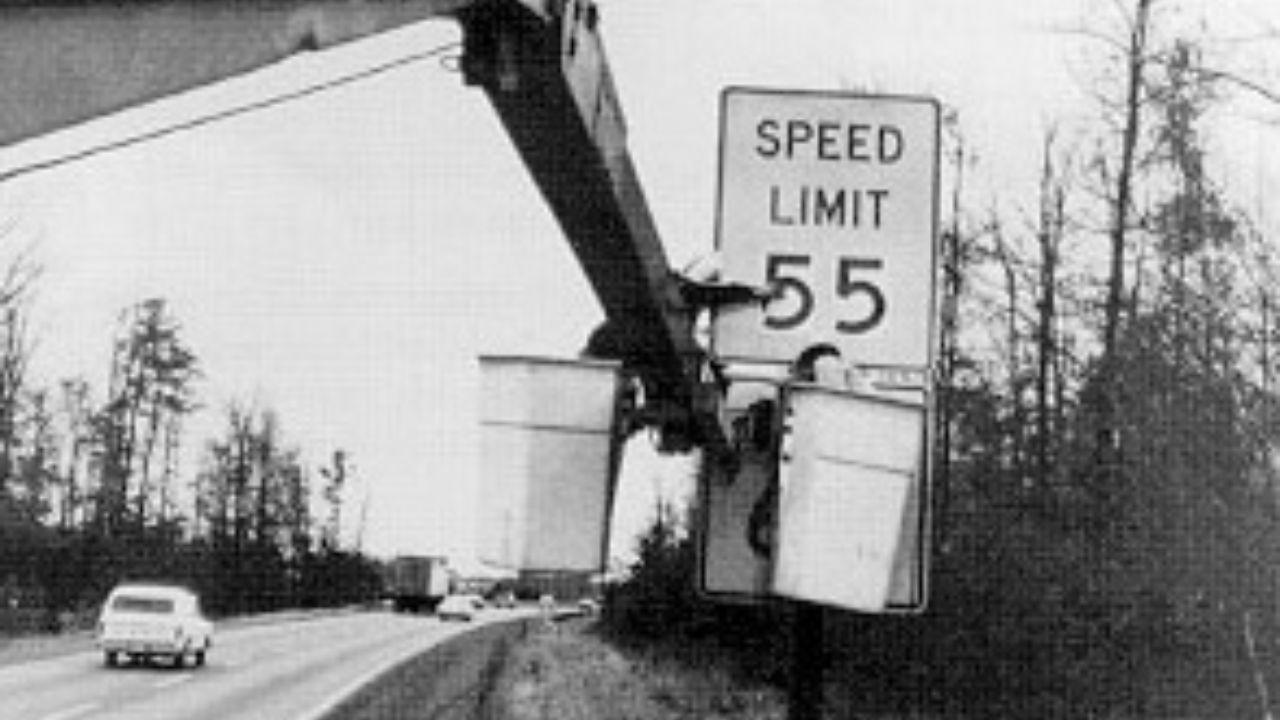
Ignorance will not excuse you from this one. Every driver should be fully aware of all traffic signs and what they mean. If you often miss STOP signs, run the red light, or refuse to stop at ZEBRA crossings, it’s about time to admit you’re either not paying enough attention behind the wheel or a downright horrible driver and should make changes.
What’s more? Your behavior can confuse other drivers and disrupt the expected flow of traffic. That’s how road rages and accidents often start.
Tailgating
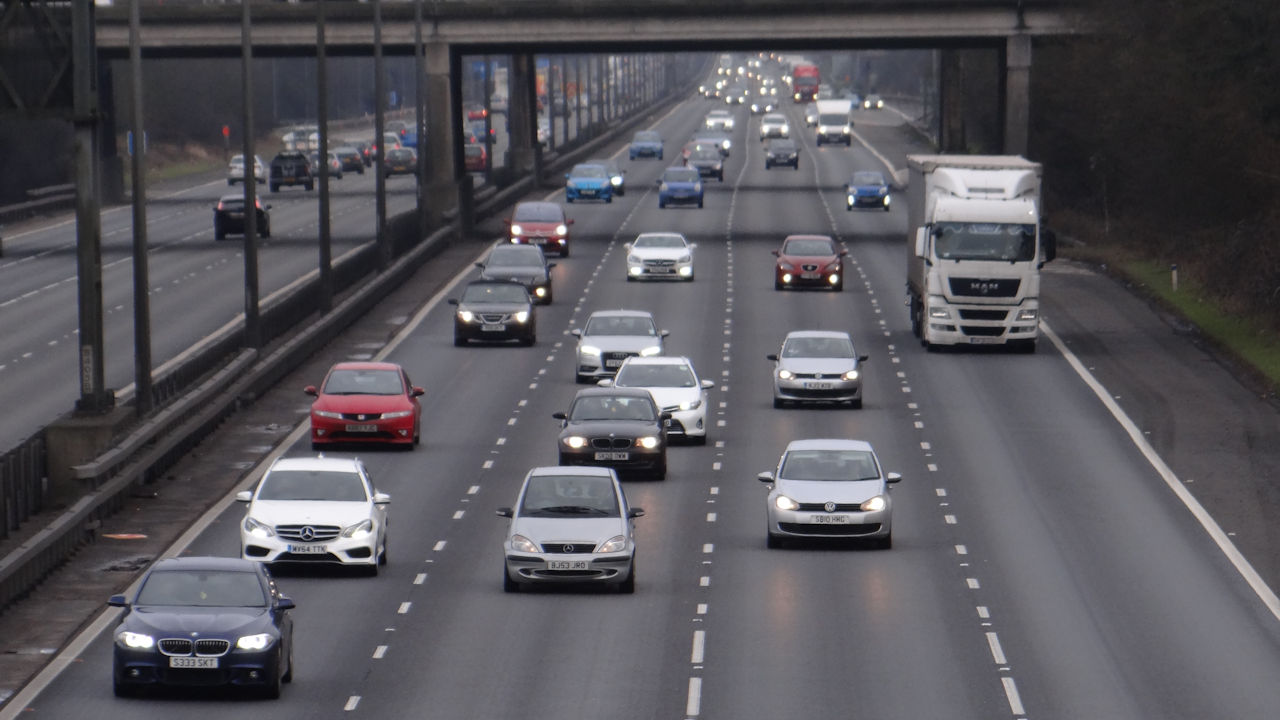
Unless you’re intent on causing trouble, a habit of following other cars too closely is worse than a poor driving skill. It doesn’t get you to your destination faster, but it’s a glaring sign you’re a horrible driver.
The risk of a rear-end collision is significantly high when people do this. They have limited visibility of the road ahead and little room to react if the vehicle in front suddenly brakes. People perceive tailgating as intimidating behavior, even if nothing goes wrong.
Excessive Speeding
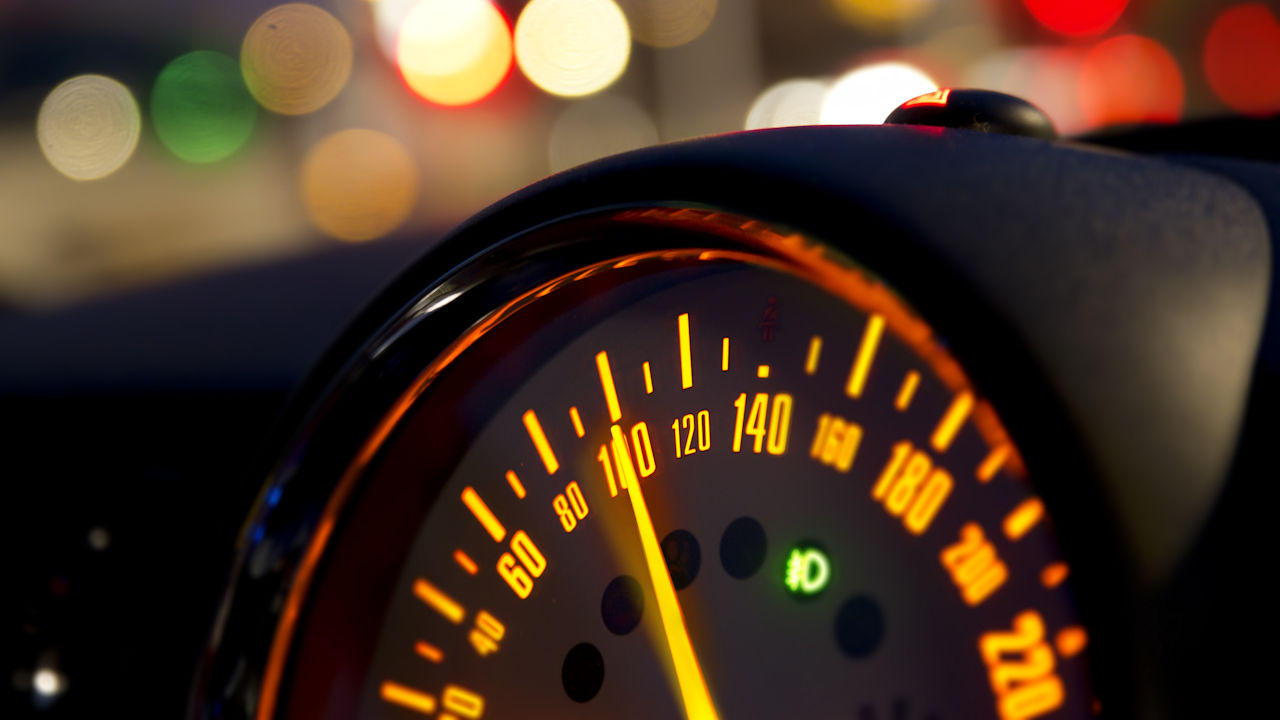
Gearheads are often guilty of this because many of us have an insatiable need for speed. However, we’re also law-abiding citizens who recognize the importance of and respect all zonal speed limits. There’s time and a place for everything. It’s reckless to drive well over the speed limit wherever you’re driving, no matter how good you are.
Other road users probably aren’t as good as you and have no intention of breaking the approved speed limit. It often ends badly. When Paul Walker died in a fatal car accident in 2013, the Porsche Carrera GT was doing 100 to 150 mph in a 45 mph zone.
Frequent Lane Changes
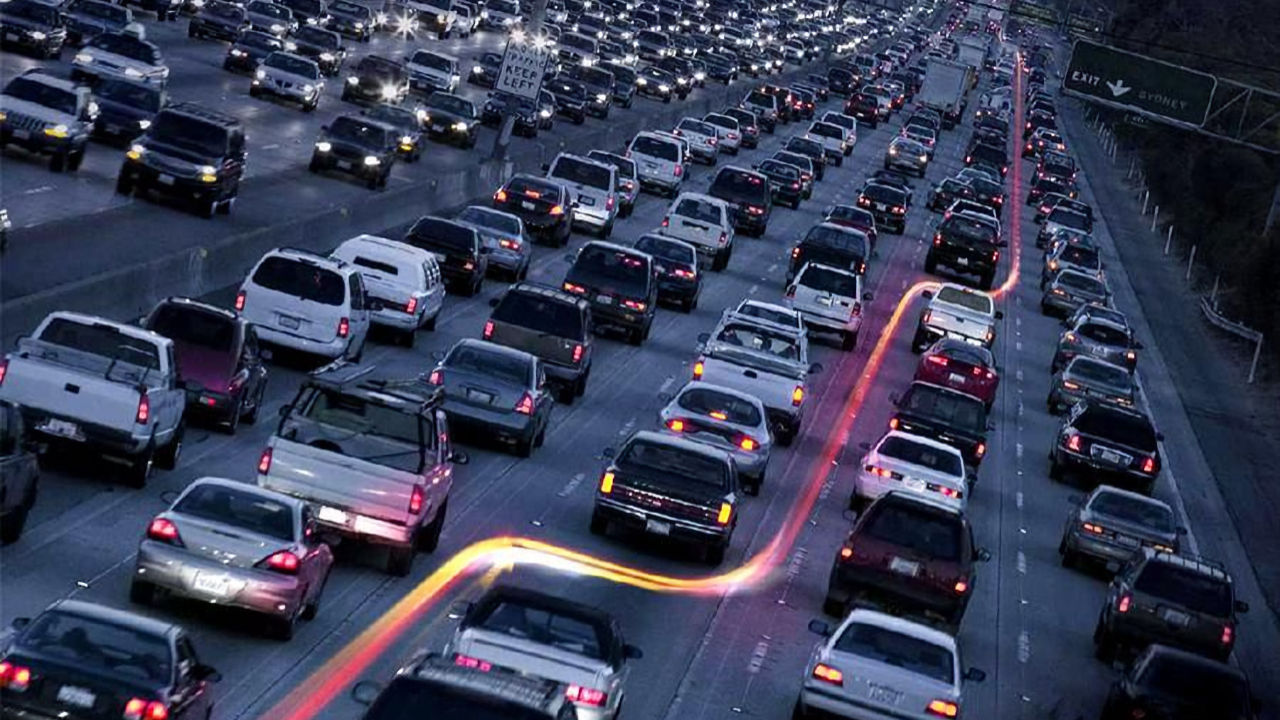
Do you habitually weave in and out of lanes like a character in the GTA video game? You’re either impatient, which isn’t a virtue, or a reckless driver. Again, you could be really good behind the wheel, but other road users who aren’t as good, or even horrible drivers themselves, may make sudden moves you can’t salvage on time, no matter how quick your reaction time is.
Anything can happen when you surprise or startle other drivers, and such erratic driving can easily disrupt traffic flow.
Distracted Driving

First, it used to be only “don’t drink and drive.” Now, “don’t text and drive” has been added to a pile of “don’ts,” along with “don’t eat and drive.” Engaging in other activities that demand your attention while driving is a habit not worth borrowing from the movies.
Interestingly, eating and driving isn’t frowned upon as much as texting and driving, but it’s just as dangerous. The NHTSA says feeding while driving increases the risk of accidents by a scary 80% and that 65% of near-misses are caused by drivers eating or drinking while driving. The reason for this is simple to spot. Distracted driving causes delayed reaction time and impaired decision-making.
Ignoring Pedestrians

We’ve already mentioned this under the “don’t ignore traffic signs” rule. However, some drivers do not show the same restraint at pedestrian crosswalks as at the red light.
If you have a physiological tendency to get impatient with people walking leisurely across the crosswalk, at least try to remember it’s illegal to run them out or refuse to yield. Drivers have both a legal and moral obligation to respect the pedestrian right-of-way, whether at crosswalks or intersections.
Inconsistent Speed

This can be just as critical as frequent lane changes. A giant sign pointing to a horrible driver is one that constantly speeds up and slows down for no apparent reason. This kind of driving can grate the nerves of other road users and even passengers in the same car.
It can also confuse other drivers and present a heightened risk of accidents by impairing their ability to react on time to sudden hazards. You also risk traffic violations and fines. Accumulate those fines long enough, and you might find yourself without a driver’s license. Additionally, constant acceleration and deceleration burn more fuel.
Poor Parking Skills

A driver has not mastered the art and act of driving until they can park with minimal effort. In fact, you could easily judge a driver’s driving skills by how well they can park in tighter spaces, within the lines of a parking lot, and in near proximity to the curb.
These days, modern cars now come with all sorts of parking-assist systems, including remote access key fobs that let you actually step out of the car and remotely maneuver it into your preferred parking spot. One might argue that technology is making us poorer drivers. First, it was the automatic transmission replacing the manual gearbox. Now, cars park themselves.
Road Rage

The ‘road rage’ menace in America is no longer funny. People have literally died in these things, with a reported approximately 30 fatalities a year. The NHTSA says some 300 people have lost their lives to road rage-related incidents since 2013, just as a CNN survey found that reported road rage cases have grown 500% in the last ten years.
A worrying 58.4% of 1,000 drivers in Pocatello, Iadaho were cited for rude driving offenses in 2021. Other cities with notable road rage include Caldwell (Idaho), Alexandria (Virginia), Eugene (Oregon), and Atlanta, Orlando (Florida). Don’t be a driver with poor emotional control.
Frequent Tickets

You’re not adhering to traffic laws if you’re getting frequently ticketed for offenses like speeding, improper lane changes, and running red lights. It makes you a horrible driver. A pattern of traffic violations signals a disregard for rules, and you know what they say about rules. Without them, we’re animals.
It could also mean the driver is forgetful or a slow learner. In any case, accumulating tickets can have an expensive domino effect, impacting your fines, insurance premiums, and even legal fees. If the authorities eventually revoked your driving privileges, you’d pay more in money, time, and other resources.
Ignoring Weather Conditions

What sort of a driver drives the same in rain, snow, or fog? You’d have to be a horrible driver to not be mindful enough to adjust your driving for various weather conditions. The same applies to off-roading.
Experienced hands know or apply their minds to understand, for example, the correct speed to ford a slow or fast-flowing river, how to maneuver rocky paths, or cut through mud without getting stuck. Speed is not always the answer. Excellent drivers can better manage and even avoid skidding, reduced visibility, or loss of control in adverse weather conditions.





